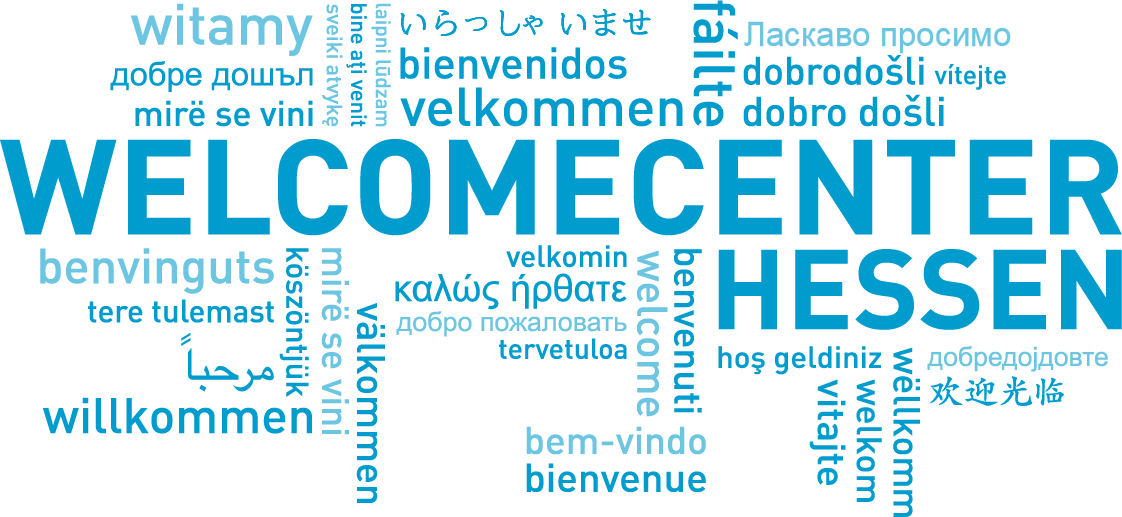Finances
You can’t do anything in Germany without a bank account. If you don’t have a bank account, you won’t be able to pay the rent and your employer won’t be able to pay you. As such, one of the first things you should do when starting your new life in Germany is to open an account at your local bank.
You can choose from three different types of bank: major private commercial banks (Geschäftsbank), savings banks (Sparkasse) and cooperative banks (Genossenschaftsbank). Cooperative banks are the smallest of the three. Major private commercial banks have developed their range of services for private clients over the past few years to attract customers away from savings banks, which have traditionally been considered more consumer-friendly.
If you’d like to open a bank account in Germany, you’ll firstly need some money. But that’s just one of the requirements. You’ll also need a passport or another official form of identification. You may even have to present your registration certificate (Meldebescheinigung) issued by the Registration Office, and your residence permit.
Current account (“Girokonto”)
The most common and suitable bank account is the current account, which lets you make and receive as many payments as you like. Depending on your income, banks may grant you an overdraft of up to several thousand euros. Most banks charge a monthly fee for their current accounts, and this is usually billed every quarter.
Savings account (“Sparkonto”)
Savings accounts are very popular in Germany. The most common form is a savings account with an agreed cancellation policy, which lets you withdraw a fixed amount every month. You’ll have to cancel your account with a notice period of three months if you’d like to withdraw higher amounts. Higher withdrawals lead to a reduction in the amount of interest that you’d have otherwise accrued on these additional amounts.
Accounts with higher interest rates
There are lots of ways to get higher interest rates on your savings, especially if you don’t need your money at short notice. One of these is a fixed-term deposit account (Festgeldkonto). Money is deposited on this account for a certain period of time (between one month and five years). The longer your money is deposited on this account, the more interest it’ll accrue. Another option is a call money account (Tagesgeldkonto). Money deposited on this account accrues interest at a rate determined by the money market. You can usually withdraw your credit every day. However, interest rates on money market accounts are subject to change, which means you can’t guarantee that you’ll get a certain interest rate for a specific period of time.
Direct banks
Direct banks are a welcome and consumer-friendly development in the German banking sector. There are low-cost providers who have managed to attract customers with high interest rates on their savings accounts and current accounts. However, these higher interest rates come at a price. Direct banks save money by having fewer branches and employees, so you can’t expect the same service you’d get from conventional banks. As such, direct banks tend to be more attractive for customers who do their banking online. If you choose to go with a direct bank, you should make sure it has cash machines near to where you live or work. Some direct banks only provide their customers with a small amount of cash machines, and withdrawal fees at machines provided by other banks (sometimes over 5 EUR) can soon add up to an amount that’s higher than the cost of an account at a conventional bank. Some banks have a mutual agreement for the use of their cash machines (Targobank, Santander, SEB and Sparda-Bank are partners in the www.cash.pool.de scheme, while Deutsche Bank, Commerzbank, UniCredit Bank AG and Postbank cooperate as part of the www.cashgroup.de scheme). This makes it possible for these banks’ customers to make free withdrawals at the cash machines provided by the other partner banks.
Online banking
Online banking is very popular in Germany. After all, it has many benefits: All transactions can be made from your own computer, and the transaction fees are usually lower. The easiest and cheapest way to do online banking is to log in to your bank’s website. Banks usually provide you with a list of transaction numbers, which are also known as “TANs”. These can be used to make banking transactions online. Please note that each TAN can only be used once. You should also bear in mind that not all banks provide their TANs in the form of a list; some banks have introduced an SMS-based system, while others ask their customers to purchase a TAN generator, which is the size of a bank card.
Transfers, cheques and bank statements
If you’ve opened a current account, you’ll receive templates for bank transfers. Most transfers in Germany are made directly from one account to another. Cheques are hardly used in Germany. Templates for bank transfers are usually backed with carbon copy paper: Everything written on the top page is transferred to the bottom leaf. If you’d like to make a transfer, you just have to enter the name of the recipient and his/her account number and sort code. You’ll then have to sign the bank transfer template for authentication purposes. You then tear off the carbon copy (labelled “Auftraggeber”) and hand over the transfer form to your bank (in person or by post), so that it can make the transfer. Many companies make things easier for you by attaching their own templates to their invoices. This means you just have to add the name of your bank, sort code and account number before handing the form over to your bank. Please provide the beneficiary’s IBAN/BIC when making international payments within the EU, as this will save you unnecessary fees.
Regular payments
When settling regular invoices (like electricity, insurance, rent, telephone, tax, membership fees and newspaper subscriptions), it’s highly advisable and convenient to set up a long-term payment order. There are two types of long-term payment orders: direct debit authorisation, which gives the beneficiary the right to regularly debit your account; and standing orders, whereby a fixed sum is transferred to the beneficiary on scheduled payment dates.
Maestro Card
Immediately after opening a current account, your bank will send you a bank card, cheque book and transfer templates. This bank card used to be called an “EC-Karte”, but it’s now more accurately referred to as a “Maestro Card”. You’ll also receive a PIN, which you can normally choose yourself. You can use your card to make electronic payments and withdraw money at cash machines around Germany and everywhere in Europe. You can pay this way in all shops bearing the Maestro symbol, but also in lots of shops and offices where this symbol isn’t displayed.
As retailers are only charged a small fee for such payments, Maestro cards are accepted all over Europe and are considerably more popular than credit cards. Payments made with your card will be debited directly from your account, although this can sometimes take a few days to go through. If you overdraw, your bank will automatically charge you interest at the rate it sets for its overdraft facility. There are no charges for payments made with a Maestro card outside Germany, as long as you remain in the Eurozone.
Credit cards
Credit cards are still not as popular in Germany as in other countries. This is partly because retailers favour the Maestro card, which has smaller charges. It’s also due to cultural reservations about purchasing on credit. Nevertheless, credit card providers are trying to change this way of thinking, and you might notice that credit card application forms are distributed in large shopping centres and high streets. Banks also hand out credit cards to their current account holders (usually Visa and MasterCard). There are usually no fees in the first year, and you’ll then usually have to pay 30 EUR for a standard credit card.



